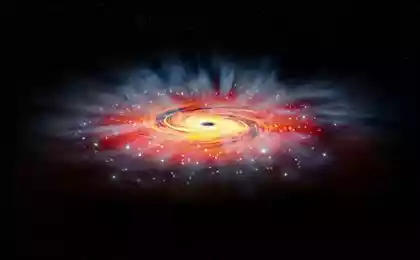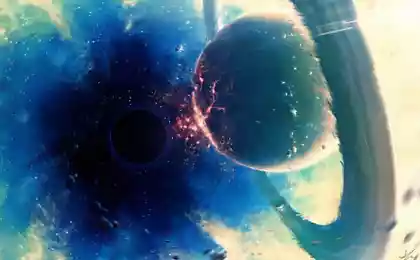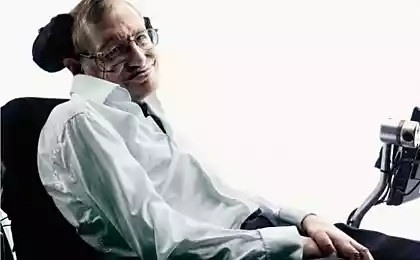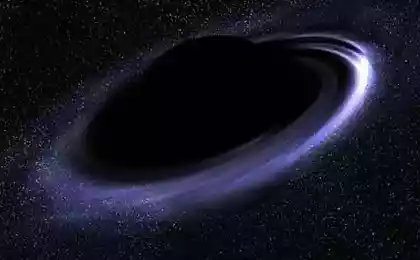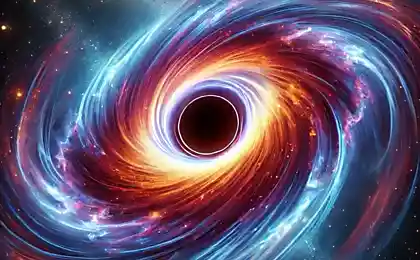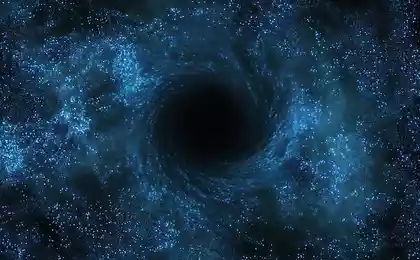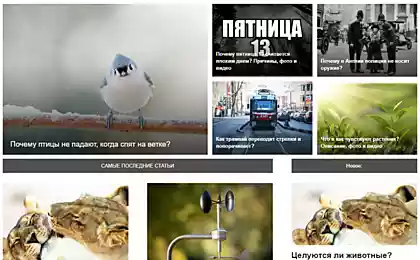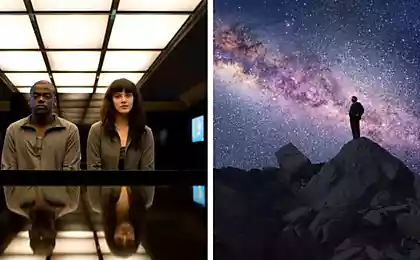741
Interesting facts about black holes (17 photos)
The name of the black holes got because absorb light, which relates to its borders, and do not reflect his
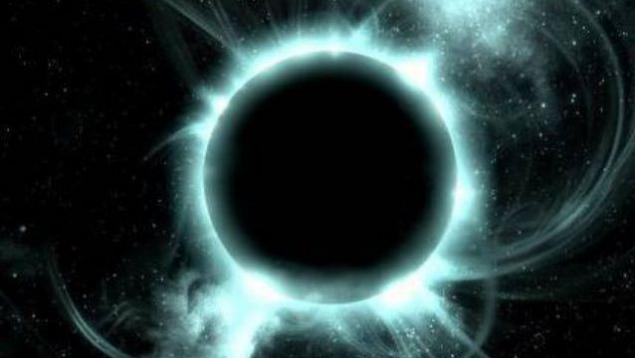
Formed at a time when enough compressed mass of matter warps space and time, the black hole has a certain surface is called the "event horizon", marks a point of no return. Black holes influence over time

Close to sea level clock runs slower than the space station, and close to the black hole, and that slower. It is somehow related to the force of gravity.
The nearest black hole is located about 1,600 light-years away
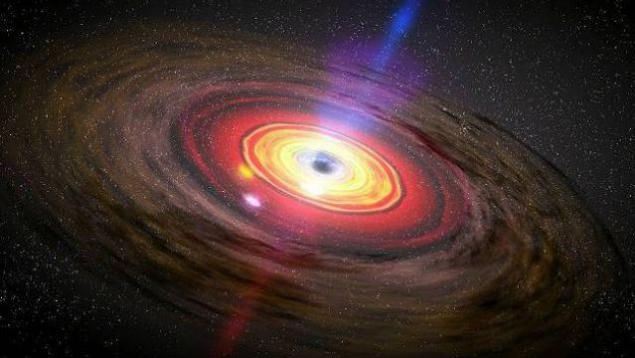
Our galaxy is dotted with black holes, but the closest of those that are theoretically capable of destroying our humble planet is far beyond our solar system.
Supermassive black hole is located in the center of the Milky Way galaxy
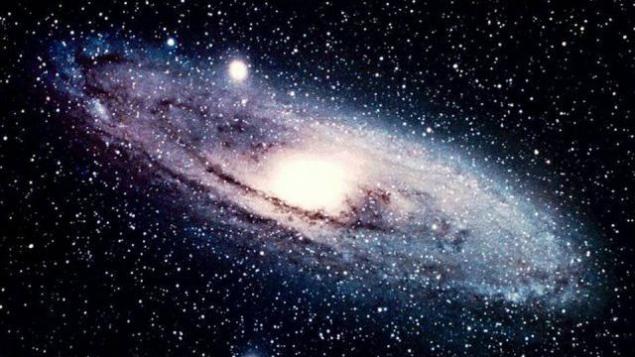
It is located at a distance of 30,000 light years from Earth, and its size to more than 30 million times larger than our sun.
Black holes eventually evaporate

It is believed that nothing can escape from a black hole. The only exception to this rule - radiation. According to some scholars, to the extent that, as black holes emit radiation, they lose weight. As a result of this process, the black hole may disappear altogether.
Black holes have no funnel shape and scope

In most books, you will see black holes that look like a funnel. This is because they are illustrated in terms of a gravity well. In fact, they look more like a sphere.
Near the black hole distorts everything
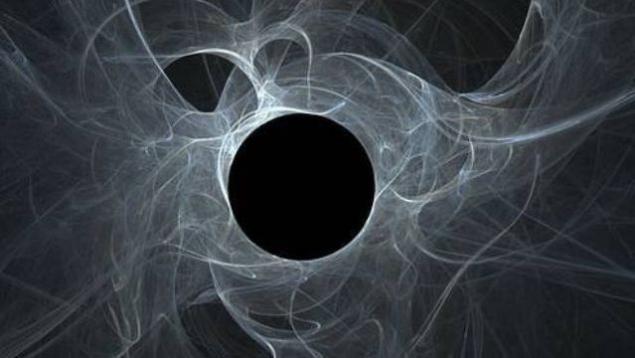
Black holes have the ability to distort space, and as they rotate, the distortion increases as the rotation.
The black hole can kill horribly

Although it seems obvious that the black hole is not compatible with life, most people think that there they would be simply crushed. Not necessary. You will likely be stretched to death, because part of your body, first reached "event horizon" would have been a much greater influence of gravity.
Black holes are not always black
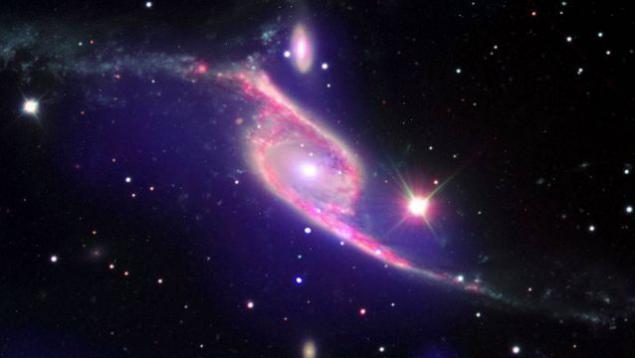
Although they are known for their blackness, as we have said before, they actually emit electromagnetic waves.
Black holes are not only able to destroy
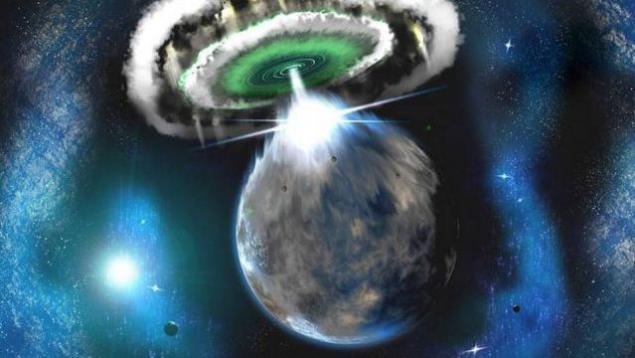
Of course, in most cases, it is. However, there are many theories, research, and the assumption that black holes can actually be adapted to generate energy for space travel.
The discovery of black holes does not belong to Albert Einstein
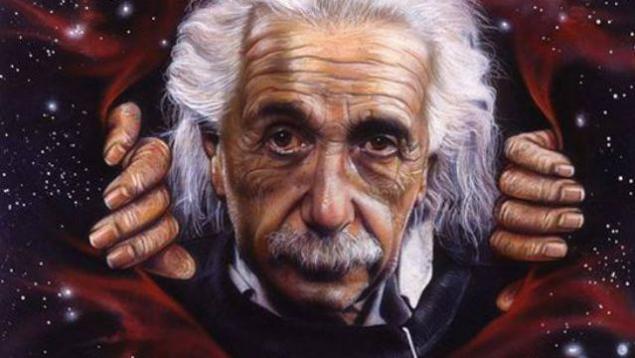
Albert Einstein was only revived the theory of black holes in 1916. Long before, in 1783, a scientist named John Mitchell first developed this theory. This happened after he questioned whether gravity becomes so strong that even light particles could not avoid it.
Black holes are buzzing

Although a vacuum in the space does not actually transmits sound waves when listening with the aid of special tools, it is possible to hear the sounds of atmospheric noise. When a black hole pulls something inside its event horizon accelerate particles up to the speed of light, and they produce hum.
Black holes can generate the necessary elements for life
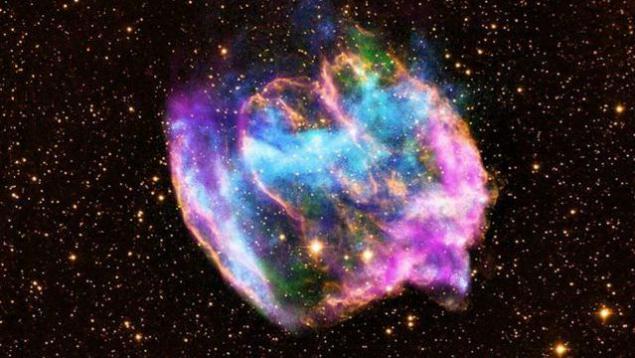
The researchers believe that black holes created element as its decay into subatomic particles. These particles are capable of producing components heavier than helium, such as iron and carbon, as well as many others required for the formation of life.
Black holes are not just "swallow", but also "spit"
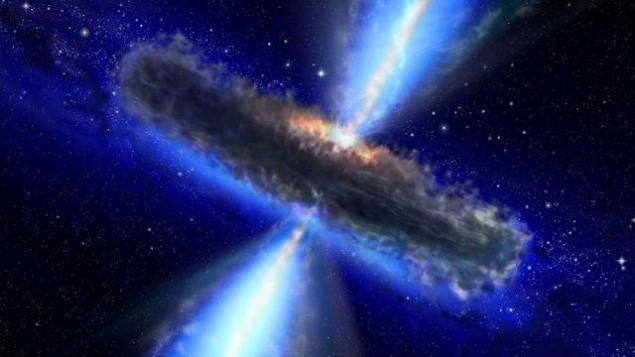
Black holes are known that absorb all that is near their event horizon. Once something falls into a black hole, it is compressed with such tremendous force that the individual components are compressed and eventually decompose into subatomic particles. Some scientists suggest that this matter is then ejected from what is called "white hole".
Any matter can become a black hole
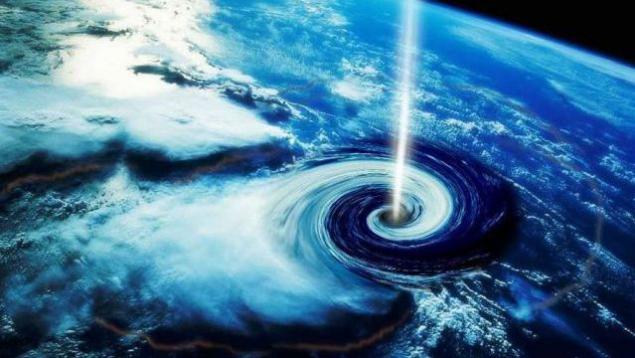
From a technical point of view, black holes can become not only a star. If the keys of your car decreased to an infinitesimal point, while maintaining its mass, its density would reach astronomical levels, and their force of gravity would have increased incredibly.
The laws of physics cease to be valid at the center of a black hole
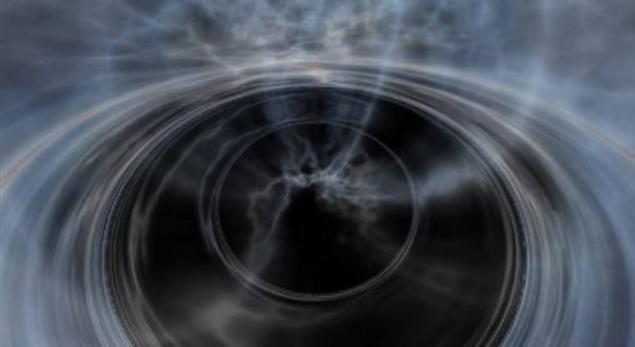
According to the theories, the matter inside the black hole is compressed to infinite density and space and time cease to exist. When this happens, the laws of physics no longer apply, simply because the human mind is not able to imagine the object having zero volume and infinite density.
Black holes determine the number of stars
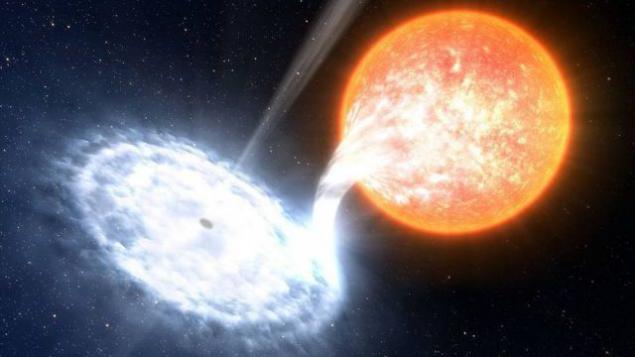
According to some scientists, the number of stars in the universe is limited by the number of black holes. This is how they affect the gas clouds and the formation of the elements in the parts of the universe where new stars.

Formed at a time when enough compressed mass of matter warps space and time, the black hole has a certain surface is called the "event horizon", marks a point of no return. Black holes influence over time

Close to sea level clock runs slower than the space station, and close to the black hole, and that slower. It is somehow related to the force of gravity.
The nearest black hole is located about 1,600 light-years away

Our galaxy is dotted with black holes, but the closest of those that are theoretically capable of destroying our humble planet is far beyond our solar system.
Supermassive black hole is located in the center of the Milky Way galaxy

It is located at a distance of 30,000 light years from Earth, and its size to more than 30 million times larger than our sun.
Black holes eventually evaporate

It is believed that nothing can escape from a black hole. The only exception to this rule - radiation. According to some scholars, to the extent that, as black holes emit radiation, they lose weight. As a result of this process, the black hole may disappear altogether.
Black holes have no funnel shape and scope

In most books, you will see black holes that look like a funnel. This is because they are illustrated in terms of a gravity well. In fact, they look more like a sphere.
Near the black hole distorts everything

Black holes have the ability to distort space, and as they rotate, the distortion increases as the rotation.
The black hole can kill horribly

Although it seems obvious that the black hole is not compatible with life, most people think that there they would be simply crushed. Not necessary. You will likely be stretched to death, because part of your body, first reached "event horizon" would have been a much greater influence of gravity.
Black holes are not always black

Although they are known for their blackness, as we have said before, they actually emit electromagnetic waves.
Black holes are not only able to destroy

Of course, in most cases, it is. However, there are many theories, research, and the assumption that black holes can actually be adapted to generate energy for space travel.
The discovery of black holes does not belong to Albert Einstein

Albert Einstein was only revived the theory of black holes in 1916. Long before, in 1783, a scientist named John Mitchell first developed this theory. This happened after he questioned whether gravity becomes so strong that even light particles could not avoid it.
Black holes are buzzing

Although a vacuum in the space does not actually transmits sound waves when listening with the aid of special tools, it is possible to hear the sounds of atmospheric noise. When a black hole pulls something inside its event horizon accelerate particles up to the speed of light, and they produce hum.
Black holes can generate the necessary elements for life

The researchers believe that black holes created element as its decay into subatomic particles. These particles are capable of producing components heavier than helium, such as iron and carbon, as well as many others required for the formation of life.
Black holes are not just "swallow", but also "spit"

Black holes are known that absorb all that is near their event horizon. Once something falls into a black hole, it is compressed with such tremendous force that the individual components are compressed and eventually decompose into subatomic particles. Some scientists suggest that this matter is then ejected from what is called "white hole".
Any matter can become a black hole

From a technical point of view, black holes can become not only a star. If the keys of your car decreased to an infinitesimal point, while maintaining its mass, its density would reach astronomical levels, and their force of gravity would have increased incredibly.
The laws of physics cease to be valid at the center of a black hole

According to the theories, the matter inside the black hole is compressed to infinite density and space and time cease to exist. When this happens, the laws of physics no longer apply, simply because the human mind is not able to imagine the object having zero volume and infinite density.
Black holes determine the number of stars

According to some scientists, the number of stars in the universe is limited by the number of black holes. This is how they affect the gas clouds and the formation of the elements in the parts of the universe where new stars.
